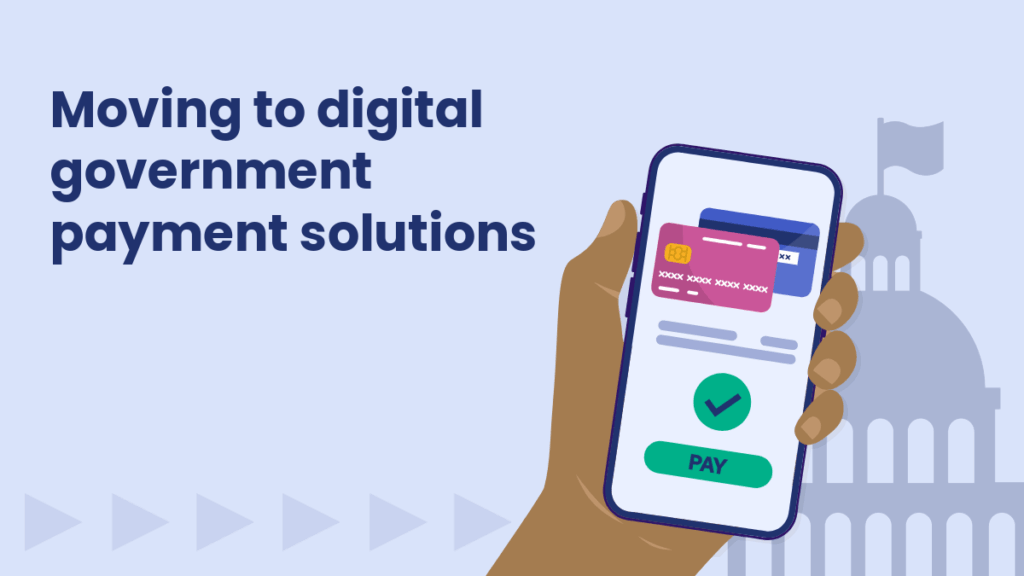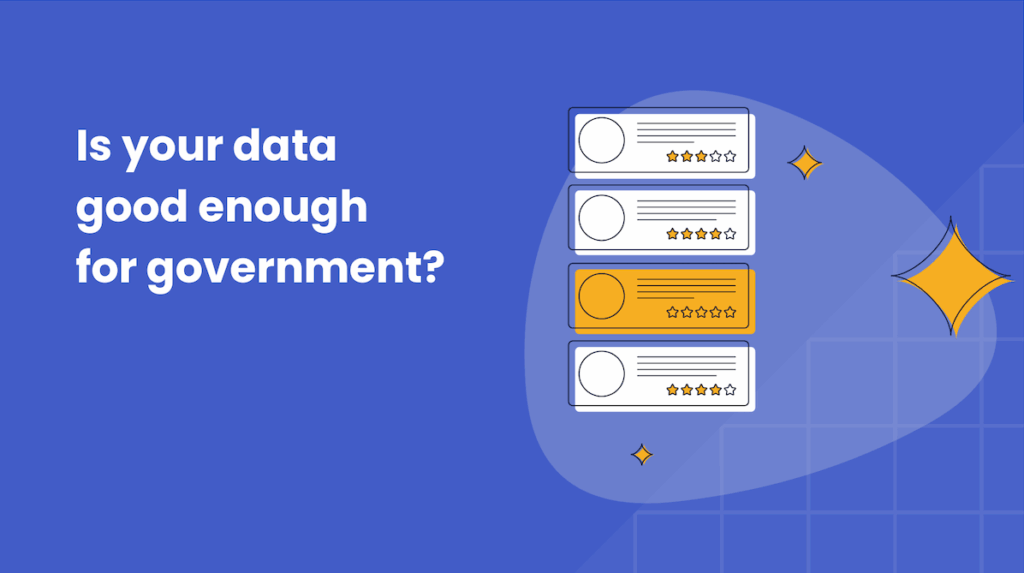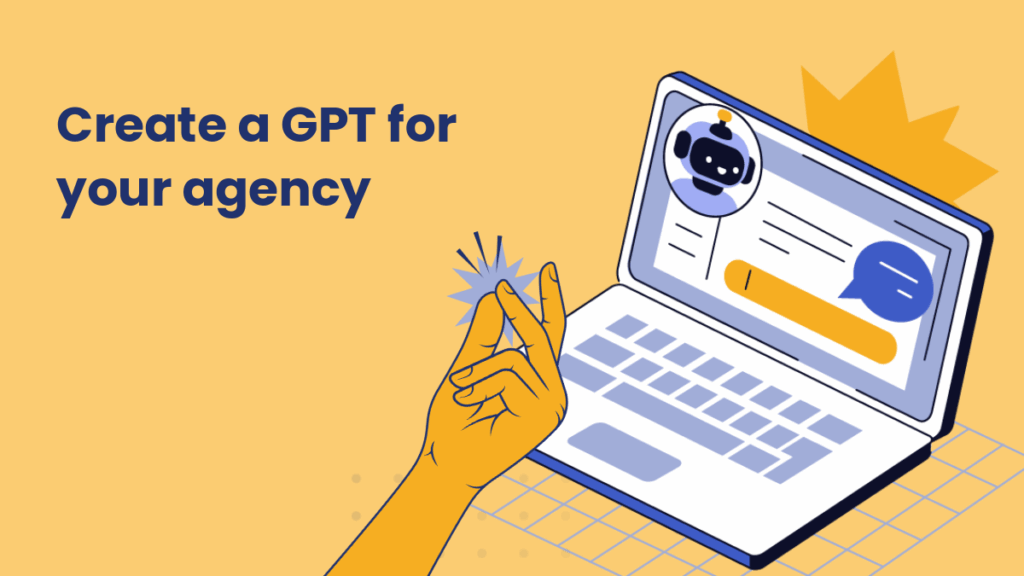Generative AI moves to production in state and local government

Integrating AI into digital government services has been a push and pull — between the technology, how it affects residents and staff, and the policies that are shaping AI use. And for many government agencies, the conversation has shifted from if to how fast and how well they can adopt it.
Despite the continuing challenges of integrating AI, most state and local governments are either testing generative AI or embedding it into day-to-day operations. When we asked government leaders about the status of AI in their agency, 59% of respondents said they’re currently using AI tools for back-office processes and 58% are already using AI tools for resident-facing processes.
State and local governments are increasingly integrating generative AI into operations
Generative AI tools can create more efficiency in government service delivery, but they also require oversight and governance frameworks to manage growth and mitigate risks.
Here’s what forward-thinking agencies are doing now to help prepare for the future:
- Creating AI advisory committees
- Publishing agency-wide policies
- Investing in infrastructure to support scale
According to the NASCIO 2025 Tech Forecast, 78% of states have established AI advisory committees, and 72% have implemented enterprise policies for AI use. (In other words, this isn’t fringe innovation anymore. It’s modernization.)
Government agencies are integrating AI tools with a series of deliberate moves
As government agencies start integrating AI into their current tech stacks, most are using an incremental approach to growth:
- Evaluate AI readiness
Start with what you’ve got. What’s your data posture? What infrastructure gaps need closing? While your team experiments with the tech, lay the foundation: draft AI ethics and governance policies, establish procurement and security guidelines, and start developing your staff’s digital skills — ideally, create a training program. 67% of state IT leaders reported that they already have guardrails regarding ethics, security, and responsible use in place. (If you wait until production, it’ll be too late.) - Pilot projects with a purpose
Experiment with low-risk, high-value use cases (like virtual assistants for FAQs, form automation, internal knowledge search). Explore different AI and machine learning platforms and conduct testing and run trials with different approaches. This is also the time to hone AI project management skills and create a dedicated AI team. - AI deployment
Once the experiments prove value, transition experimental projects to enterprise AI integration. At this point, you need a comprehensive AI implementation strategy — with a thorough governance framework, an upskilling program, and AI experts in place.
Promote a culture of curiosity and learning
To get AI right, agencies have to rethink how work gets done. Success with AI relies on organizational transformation. Old processes have to be reimagined to balance AI capabilities, the public sector workforce will operate with new strategies, and likely, innovation-focused roles will be added.
Some things to consider:
- Leverage AI, don’t just layer it on
- Redefine roles to include more strategic and analytical work
- Promote learning and iteration
Tackling trust and internal alignment as AI tools are integrated
Modernization projects can stall for numerous reasons, one of them being internal misalignment. If your staff isn’t confident in the tools or clear on the rules, even the smartest AI solution becomes useless. Building internal trust means showing your team exactly why AI is being introduced, how it supports their work, and what guardrails are in place.
Try this:
- Explain the benefits: Is the goal faster case processing? Fewer clicks for residents? Clear outcomes build clarity and confidence.
- Highlight the guardrails: Staff should know exactly where AI is being applied and where it isn’t. Show them how fairness, accuracy, and human oversight are baked into your approach.
- Create a feedback loop: AI rollout will be iterative. Give your team agency to ask questions and offer feedback as the tech evolves.
- Bring in cross-functional partners: The best-run AI efforts have a shared goal and are supported and understood across the agency.
Want a practical look at how public agencies are making that shift?
Our latest white paper, Balancing Tech Advancements and Resident Trust: AI in the Public Sector, features original research, practical frameworks, and real-world insights from government leaders navigating AI in the field.
Looking for more content?
Get articles and insights from our monthly newsletter.




